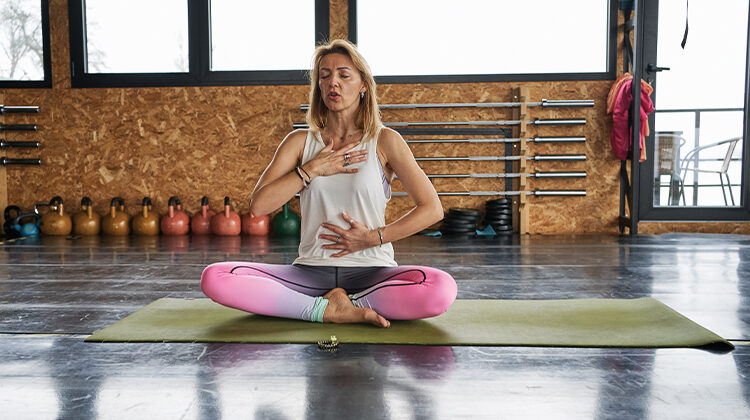The mindfulness technique you need to learn
Welcome back to part three in our mindfulness series. In article one we learned the definition of mindfulness. According to the “godfather of mindfulness,” Jon Kabat-Zinn, mindfulness is “the awareness that arises from paying attention, on purpose, in the present moment and non-judgmentally.” In article two, we dug a little deeper into this definition and learned the grounding technique 5,4,3,2,1. Grounding techniques connect us to the present moment. As we close out this series, we are going to take a closer look at how mindfulness can impact your own life.
In early 2007, I started to experience symptoms of anxiety. At the time I had no idea what was happening to me. I would break out in a sweat, have shortness of breath, and rapid heartbeat. I immediately thought that something was wrong or I was having a heart attack. After lots of doctor visits and tests, I found out I was experiencing anxiety.
As relieved as I was, I knew something needed to change. This was my first step into mindfulness and achieving a greater sense of well-being. The very first technique I learned and still practice daily is belly breathing. Focusing on my breath brings me into the present moment.
This kind of breathing changed my life. When I would start to have those intense feelings, deep breathing would calm me while communicating a sense of safety to my body. Mindfulness was able to reduce the suffering I was experiencing during that time.
Belly breathing can be done anywhere. You already have everything you need.
Belly breathing
›› Either sitting or laying down, put one hand on your belly and the other hand on your chest.
›› Take a deep breath in through your nose and let your belly push your hand outward. You want your stomach to expand.
›› Hold it for 4-5 seconds and breath out through your mouth slowly.
›› Repeat steps 1-3 as many times as you need.
I feel so much better when I do this. When you begin to feel anxious or stressed that can signal all kinds of alerts to your body. Our bodies are always trying to protect us. Deep breathing in particular has an amazing power on the mind. This power signals the brain to say, I am safe and I am going to be ok. This can lower stress levels and reduce blood pressure through practice. Deep breathing is part of being mindful and the more we practice this, the better we will become at using this skill.
I have taught deep breathing to children of all ages, many experiencing anxiety and stress. I was working with a child who worried about everything, all the time. After learning about deep breathing he said to me, “This is the first time my brain stopped buzzing so much.” He described his buzzing as a constant to-do list that never seem to end. This practice has helped mute the buzzing and build strength and resiliency to whatever comes his way.
When you practice mindfulness you are building more tolerance for stressors in your life. Mindfulness helps to protect us from future stress and keep our happiness and well being in tact.
Although this is the end of our series, this can be the beginning of what mindfulness can do for you and your family.

